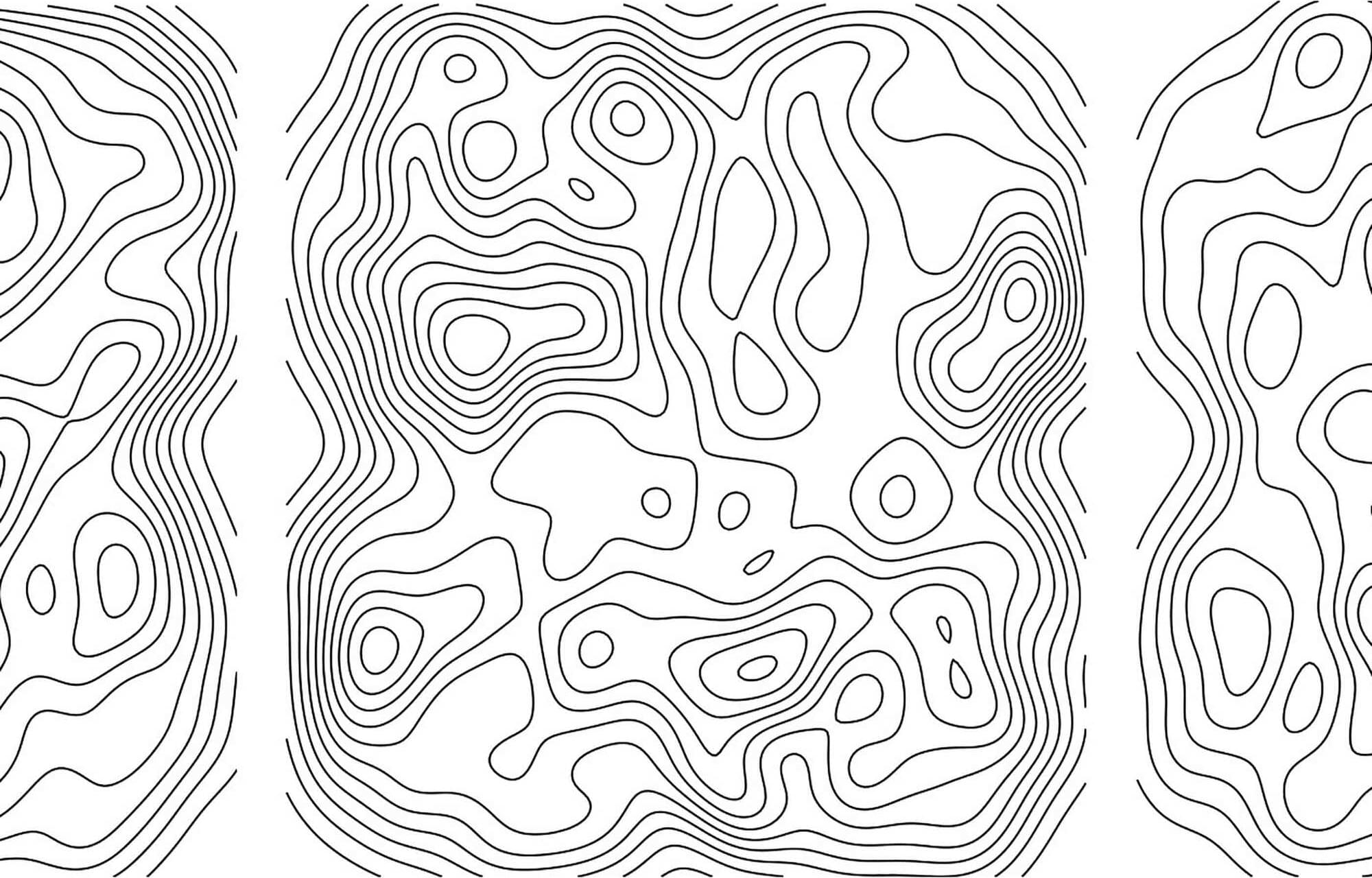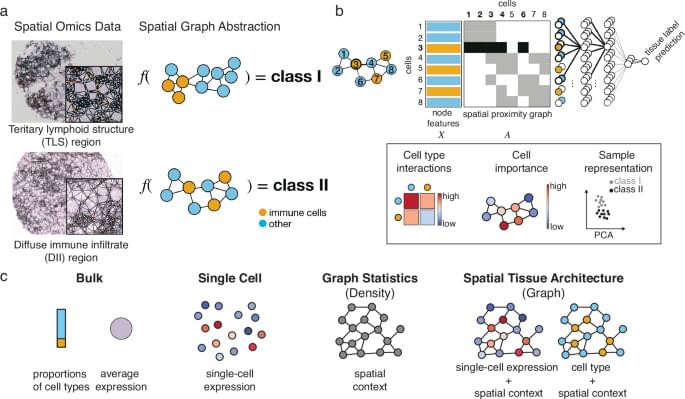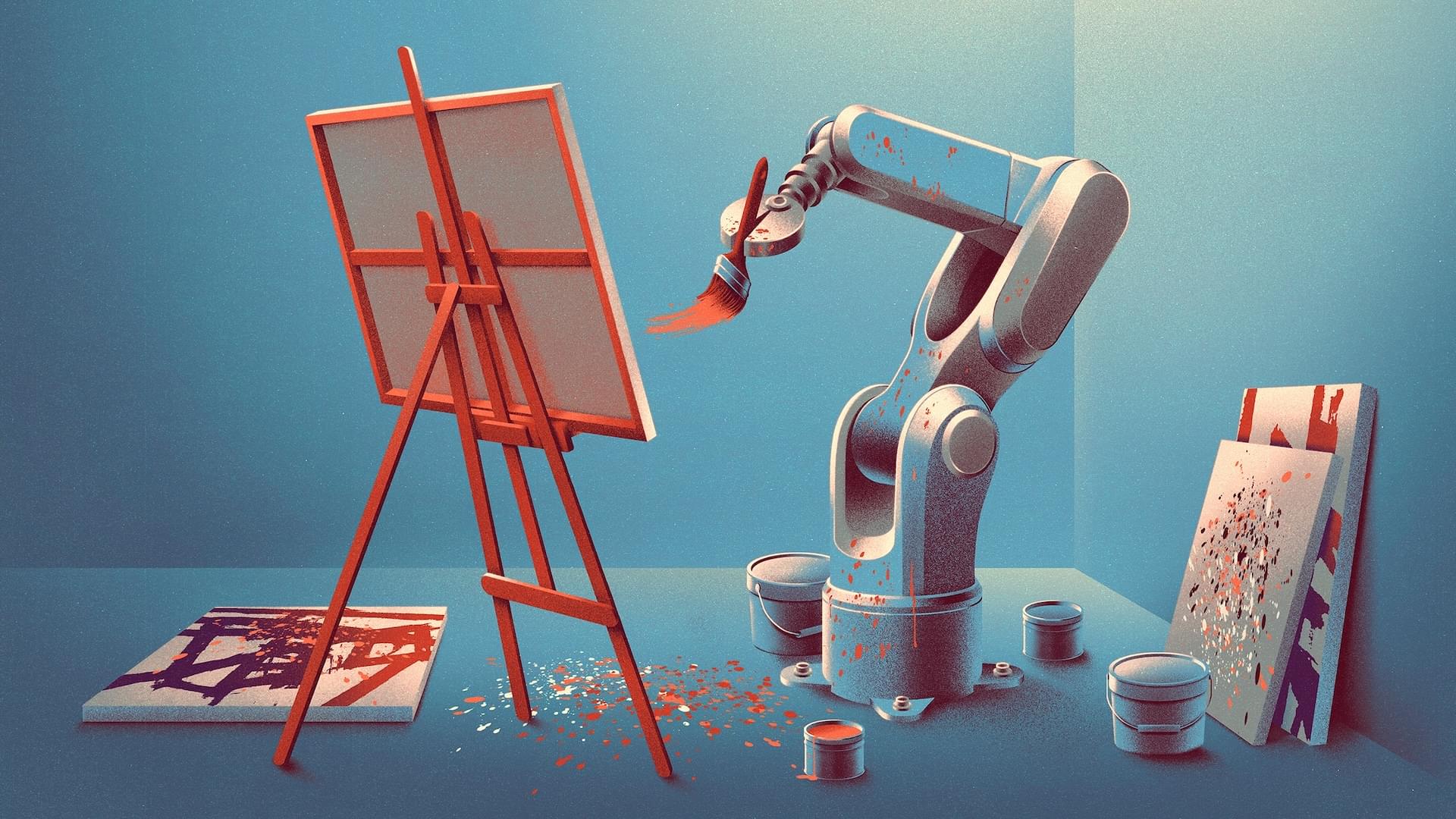In this chapter I engage with both the question of whether Creation includes postdigital life and the implications of this potential inclusion for witnessing God’s activity in a transhuman world. To address this twofold inquiry, I investigate whether the Catholic Church can turn out to be, contrary to a received view, a doctrinal ally of transhumanism. To that effect, I dissect various seemingly disparate themes in the transhumanist literature, showing that they can attain coherent articulation once the movement’s theological undercurrent is identified. Subsequently, I show that there is a substantial overlap between this transhumanist theological underpinning and the contemporary epistemology of the Church. This theoretical bridge is possible in virtue of later philosophical developments in Catholic doctrine that are rarely acknowledged.







